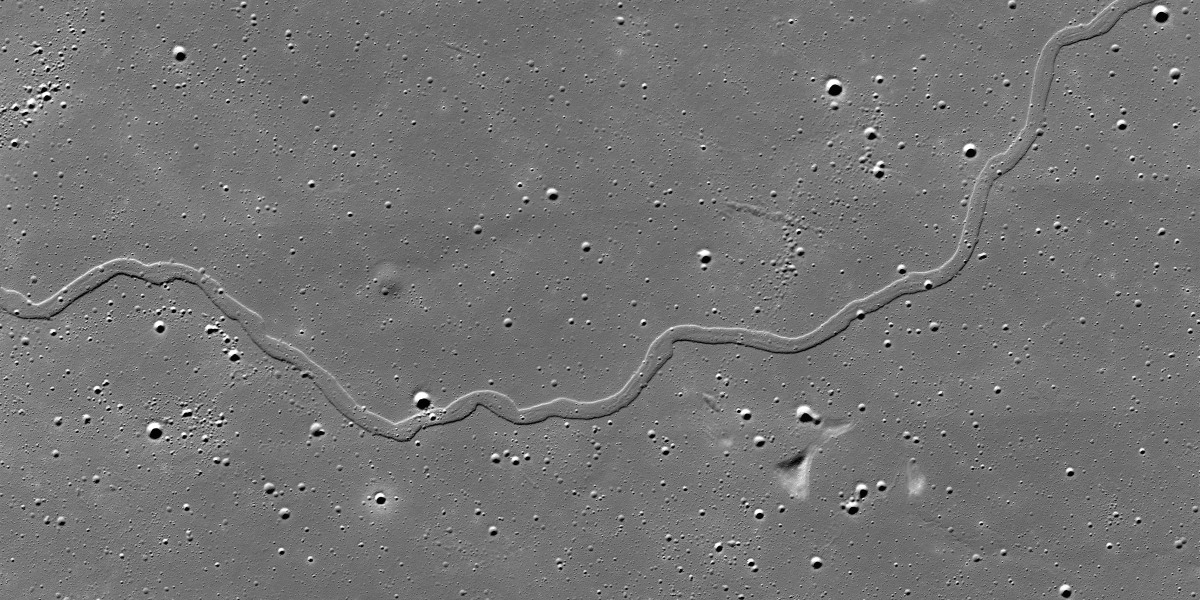
Using isotope dating and a technique based on lunar crater chronology, which involves estimating the age of an object in space in part by counting the craters on its surface, the team determined that lava flowed in Oceanus Procellarum as recently as 2 billion years ago.
Chang’e 5 was China’s first lunar sample-return mission and the first probe to bring back lunar material since 1976. After launching in late November and returning in early December 2020, it’s one of at least eight phases in China’s lunar program to explore the entirety of the moon.
Nemchin says there’s no evidence that radioactive elements that generate heat (such as potassium, thorium, and uranium) exist in high concentrations below the moon’s mantle. That means those elements probably didn’t cause these lavas flows, as scientists had thought. Now, they will have to look for other explanations for how the flows formed.
The moon’s volcanic history could teach us more about the Earth’s. According to the giant impact theory, the moon may just be a chunk of Earth that got knocked loose when our planet collided with another one.
“Anytime we get new or improved information about the age of the stuff on the moon, that has a knock-on effect for not just understanding the universe, but volcanism and even just general geology on other planets,” says Paul Byrne, an associate professor of earth and planetary sciences at Washington University in St. Louis, who was not involved in the study.
Volcanic activity not only shaped how the moon looks—those old lava beds are visible to the naked eye today as huge dark patches on the moon’s surface—but may even help answer the question of whether we’re alone in the universe, Byrne says.
“The search for extraterrestrial life in part requires understanding habitability,” Byrne says. Volcanic activity plays a role in the cultivation of atmospheres and oceans, key components for life. But what exactly these new findings tell us about potential life elsewhere remains to be seen.






